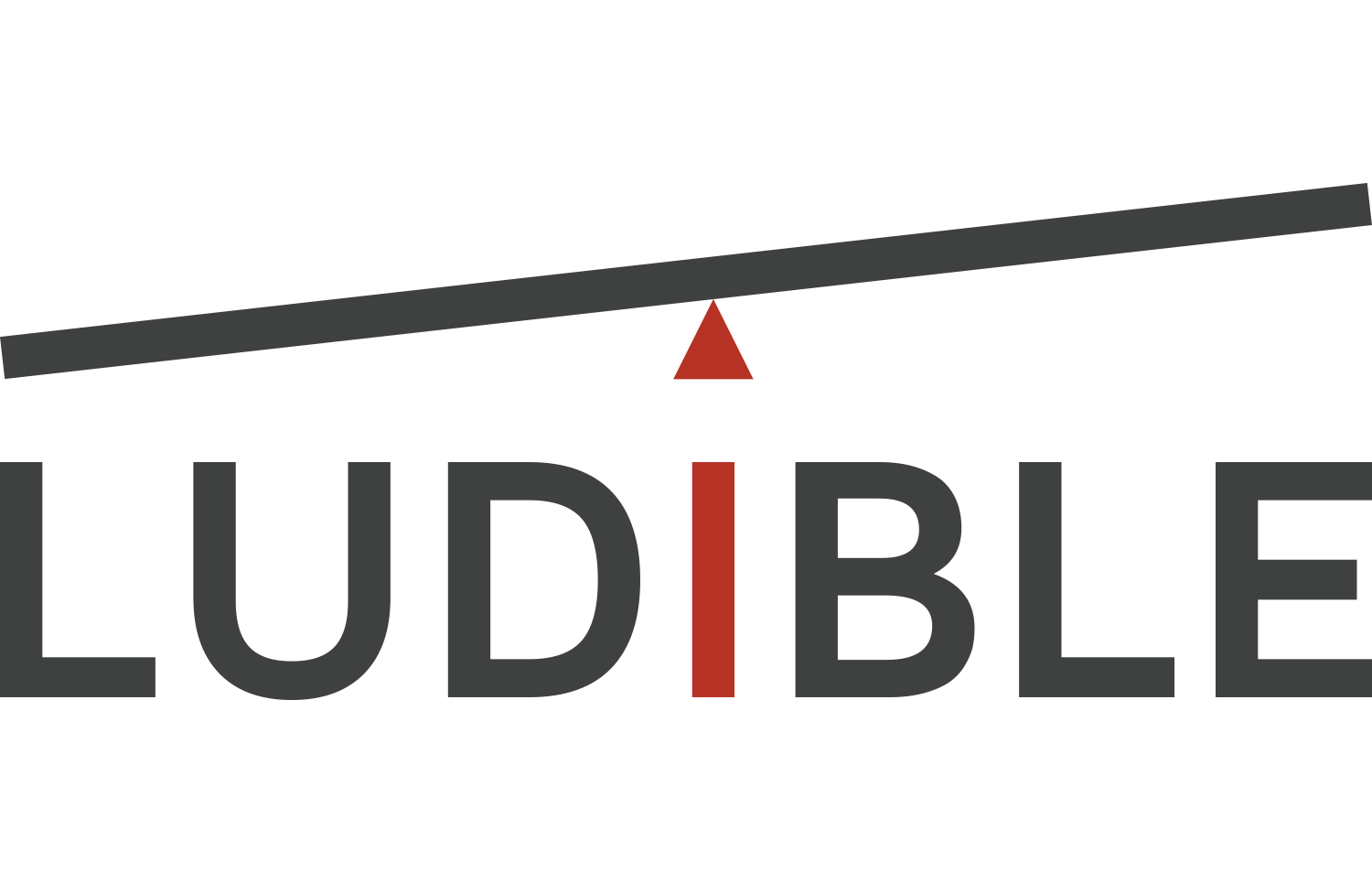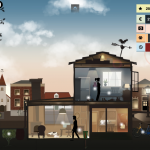Problem Statement
Within the big EU project MASCA, NLR needed to design a serious game that would show the benefits of introducing Collaborative Decision Making (CDM) to an airport. CDM is a method to have all companies responsible for letting airplanes depart on time work together in order to be more efficient. The most important roles involved are Airlines, Operations, Ground Handling and Air Traffic Control. I was appointed Lead Game Design.
General Game
I decided that a board game would be more appropriate than a digital game, because collaboration focuses on communication and teamwork. Players can communicate better when they are in the same room and have no limits (e.g. typing) to elaborate their plans. To show the benefits of CDM, I invoked an ancient law of Game Theory: The whole is more than the sum of its parts. Players have to play the game twice, playing competitive in one and cooperative in the other. The scoring is exactly the same, but when playing collaboratively, the score will (usually) be higher.
Each player plays one of the roles described above and has a specific starting point on the graph on the board. There are airplanes at different gates ready for departure at different times. Each player has to deliver their service (a token they can carry) to each airplane, but each turn a bottleneck pops up or an existing one escalates, which limits the movement of the players, so players have to decide whether to attend to the bottlenecks or to deliver their services while on a tight time schedule.
Specific Game Design Choices
I kept the task simple, but the game play interesting. The first few rounds are intuitive, after which collaborative strategies emerge. Players really feel that the bottlenecks are obstructing their plans when they are not dealt with in time, which is the whole purpose of the game: Planning and cleaning up obstructions for others leads to better team results. To give the roles an identity, I gave them a specific power (like in the board game Pandemic) and to balance those powers, I simulated the game on a computer, made AI players, played it about 100 million times (virtually of course) to balance it and auto-tweak the most important game variables.
Reception
During the validation research, we demonstrated that the players actually learned about cooperation, communication, planning and executing plans. Players also evaluated the game as being fun to play. While observing game play, players would get emerged deeply into the game. Sometimes players would get frustrated with other player’s choices, while they would later avidly plan the next step together.




